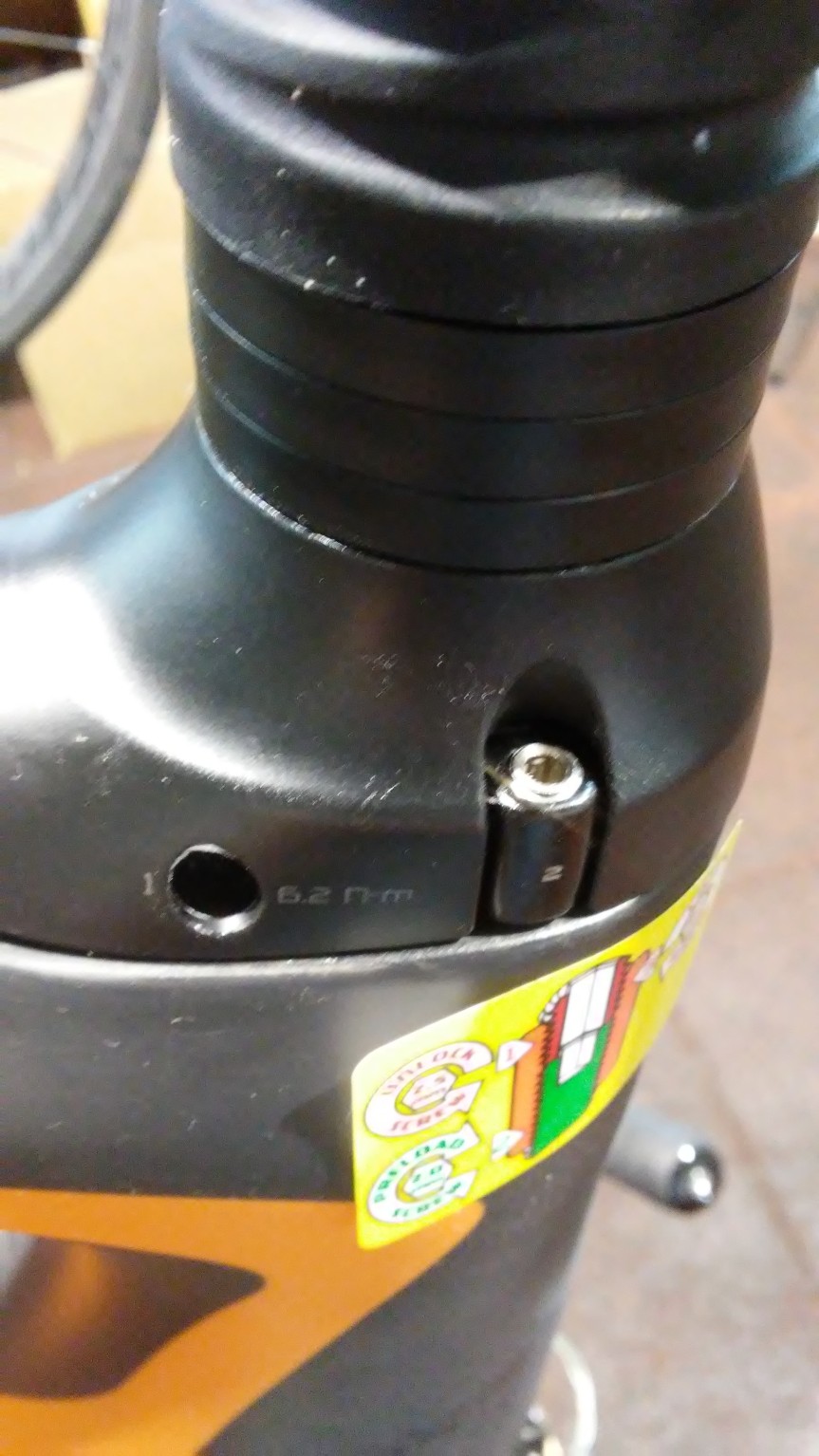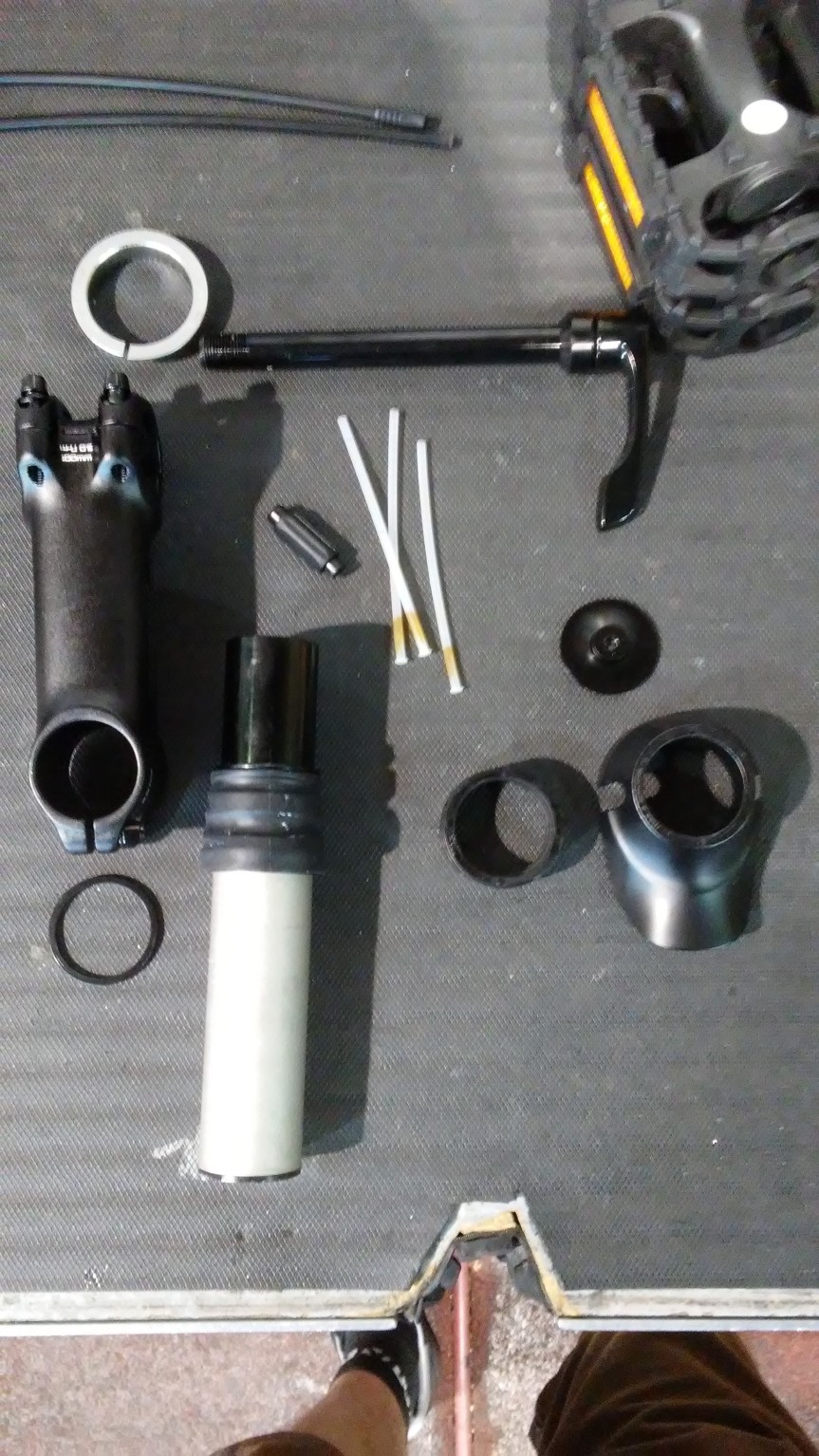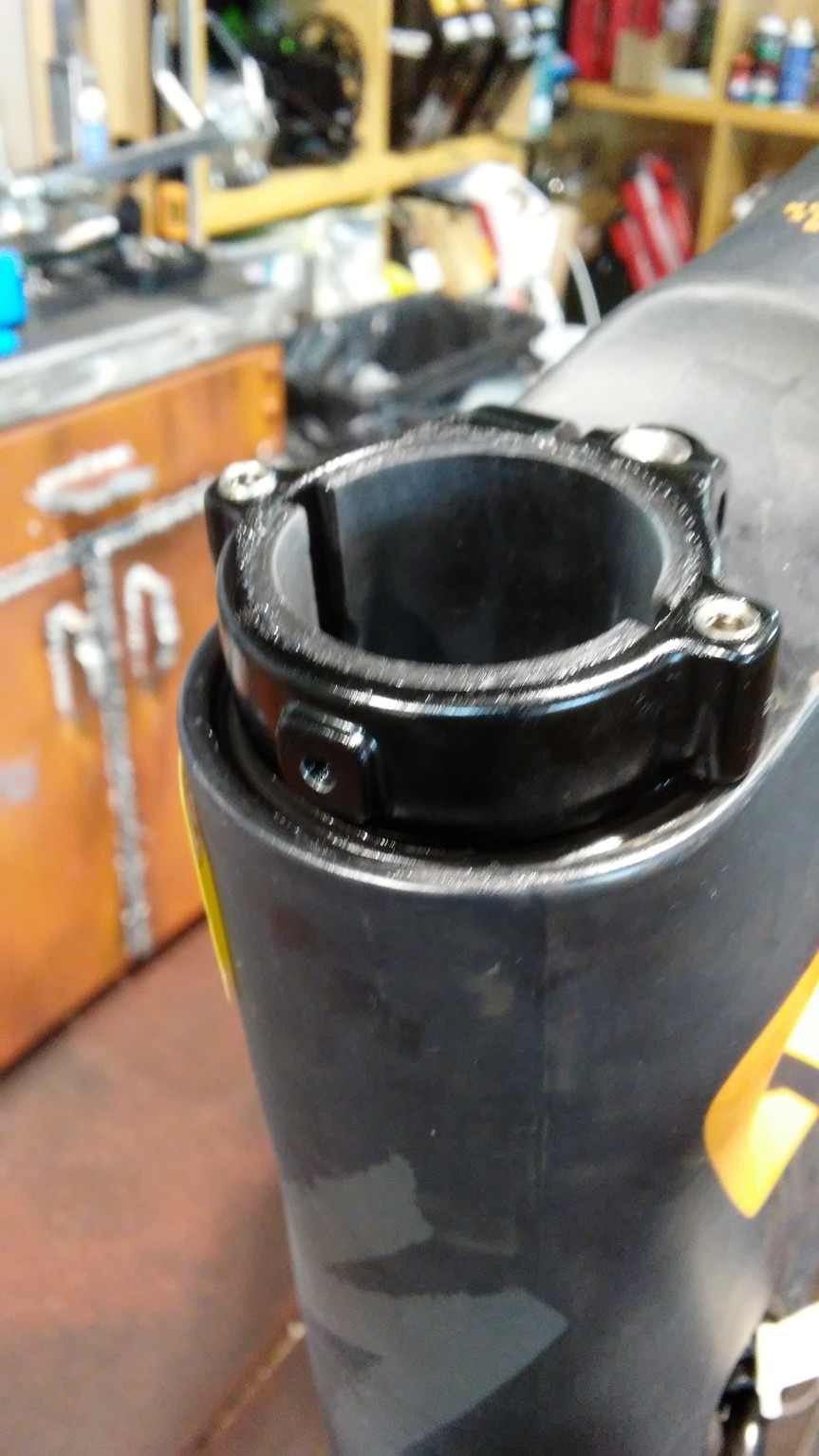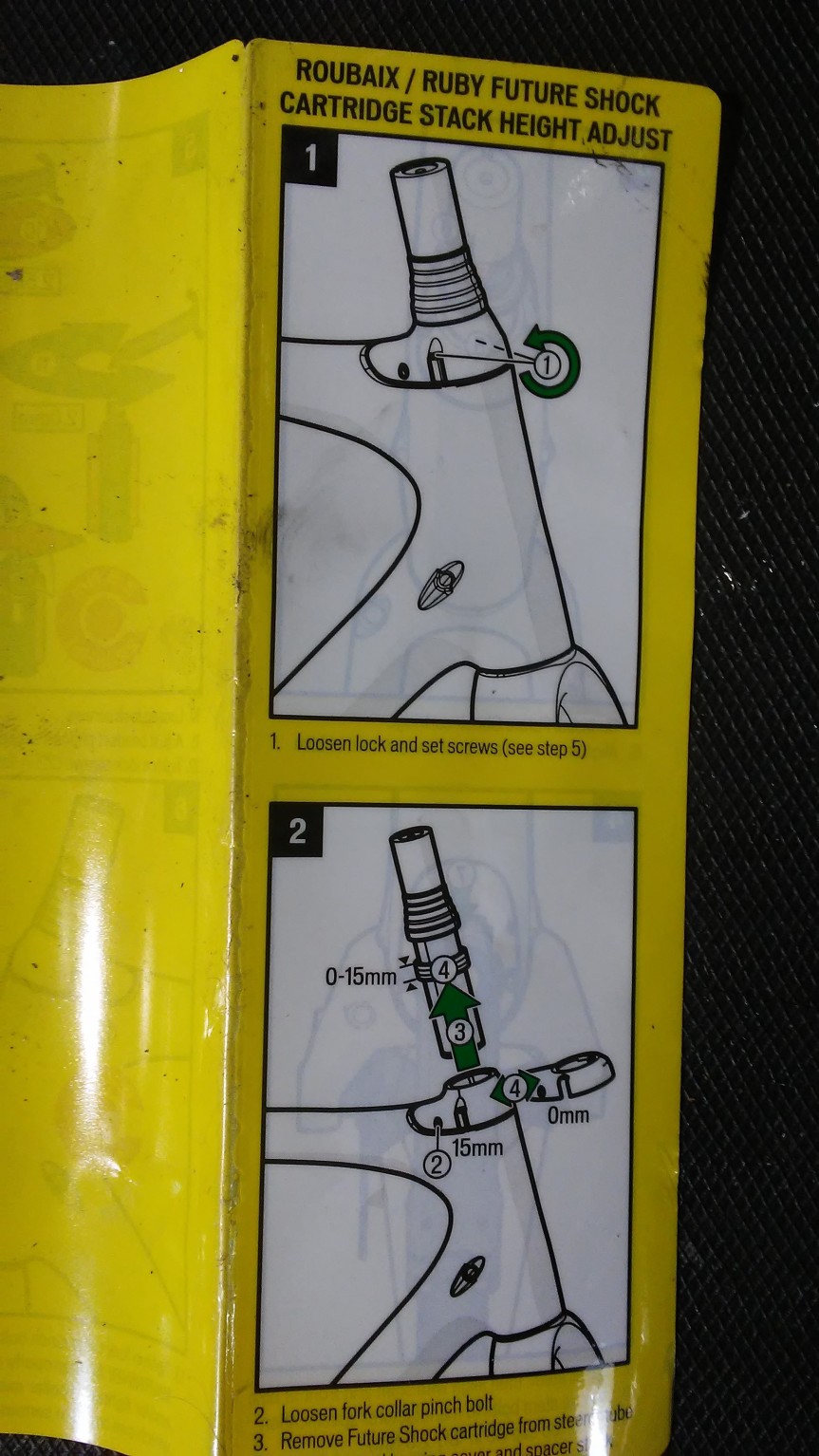Today I am going to share my best method for setting up a cantilever brake. I do not believe in ‘toeing’ the brake pads (except maybe on a painted rim), which greatly reduces the effective power and gives the brake lever a really mushy feel. With a few small tricks, your cantilever brakes will feel solid and powerful (as they are meant to be) and won’t squeal either. Let’s begin.
Here is an example of a fairly standard TRP cantilever brake.

It actuates from the top by the brake cable, which is attached to a straddle wire reaching down to each brake arm. When the brake lever is pulled, both sides move inward and apply pressure to the braking surface on the rim. As you can see on this model, the left side has a convenient barrel adjuster built in at the top of the arm. A barrel adjuster somewhere in the line is essential to this setup (which you will understand further down). If your cantilever brake doesn’t have one of these, I suggest installing an inline barrel adjuster somewhere in the cable housing routing. An inline barrel adjuster example is below as well as a cantilever brake hanger, which is mounted between two of the headset spacers at the end of the cable housing route.


Either of these three barrel adjuster options will work great, but I don’t suggest having more than one (redundant). The first step in this process is giving the straddle wire the correct angle in reference to the brake arm, shown below. A 90 degree angle is the most optimal for this style of brake. However, there are wide position cantilever brakes that do not follow this rule precisely.

A narrower angle or wider angle will degrade the performance of the brake. I have seen some cantilever brake hangers that mount at the bridge of the fork that aids in reducing the shuddering experienced in the front brake, but most designs give ample room for the 90 degree angle. Once this part has been set up correctly, take a look at whatever style barrel adjuster you have and unthread it about 2/3 of its total capacity, shown below.

The last third of the barrel adjuster should still be threaded in. As you unthread the adjuster, notice how the brake will begin to tighten and close. By extending the barrel, you can provide adequate clearance for the brake pads and this will be the key in setting up the pads properly. With the barrel adjuster extended 2/3, loosen either the 4mm or 5mm anchor nut for the brake pad. Some cantilever brakes use a 10mm hex nut to hold a post style brake pad. The arrows point to each mount style. The 10mm hex nut in the second image is on the back side of the brake arm. Both examples shown below.


Once loosened, the post style brake pad can be moved inward or outward and at about any angle. In the 4mm (or 5mm) style, make sure that you have extended the barrel adjuster so the brake pad touches the rim, since it cannot move inward or outward (only angled up or down). Using one hand, press the brake pad against the rim flush and parallel. It should look like the brake lever was pulled when the brake pad hits the rim. This sets up the proper contact of the brake pad to the rim. Some style of brake pads have an angled back edge to aid in reducing noise (a second reason why toeing is not really necessary). Example below.

With your one hand holding the pad against the rim, tighten either the 4mm (or 5mm) nut or the 10mm hex nut (post style) and keep an eye that the pad does not move. Sometimes, an improper setup in the past can create an indent in the spacers and that will make the pad ten to want to go back to its skewed position. If this happens, use greater force to hold the pad and try again until it is parallel with the rim. Now, above I mentioned that the barrel adjuster (extended two-thirds) was the key to all of this. Well, this is it. Thread the barrel adjuster back in and watch as the clearance between the brake pad and rim expands. This gives you the preferred modulation and spacing of the pad in reference to the rim. Some people prefer a really tight pull of the brake lever and can thread the adjuster back in only partially. Some people like a little more modulation and thread the adjuster back in all the way. You should have several mm of spacing between the brake pad and the rim so that, if your wheel is out of true after riding for some time, the rim will not hit the brake pad. Experiment with how much to thread the barrel adjuster back in until the brake lever actuation is to your liking.
Lastly, it is good to apply a bit of triflow to the spring and pivot point on the brake arm so that actuation is smooth. It is a bit of preventative maintenance that will keep your brakes working great throughout the season. As your brake pads wear down, you can extend the barrel adjuster (unthread) to regain the correct clearance as the initial setup. Lubrication points shown in the example below.

As always, I welcome any other tips you may have from your own setups and hope that my experience will help save time and frustration. I have seen plenty of cantilever setups and this method seems to work the best to get the most out of your brakes. Even an inexpensive $20 basic Shimano or Tektro Oryx cantilever brake can feel exceptional when properly set up. Thanks for reading!
- SNC



































 bs and will cost about $6-7,000, and the Comp level weighs in at 47lbs and costs about $3,500. The SWORKS and Expert level Levos are equipped with a 504 Wh battery and the Comp comes with a 400 Wh battery. Both are Lithium ion batteries that use the same cells that exist in the Tesla. A Tesla has 8000 cells, where a Levo has 40 cells and the Turbo S has 60. So, that’s a pleasant feature because cheaper cells usually do not react well from vibration (much less from jumps and drops). The battery weighs 9lbs.
bs and will cost about $6-7,000, and the Comp level weighs in at 47lbs and costs about $3,500. The SWORKS and Expert level Levos are equipped with a 504 Wh battery and the Comp comes with a 400 Wh battery. Both are Lithium ion batteries that use the same cells that exist in the Tesla. A Tesla has 8000 cells, where a Levo has 40 cells and the Turbo S has 60. So, that’s a pleasant feature because cheaper cells usually do not react well from vibration (much less from jumps and drops). The battery weighs 9lbs.









